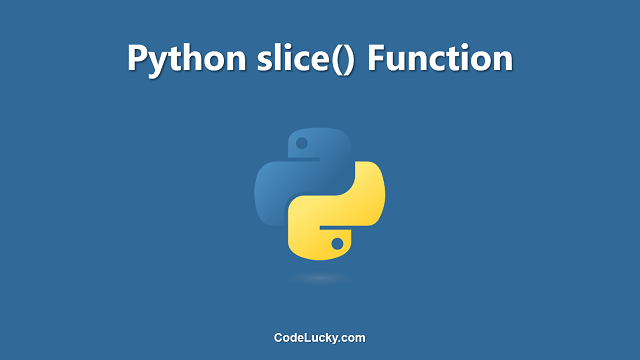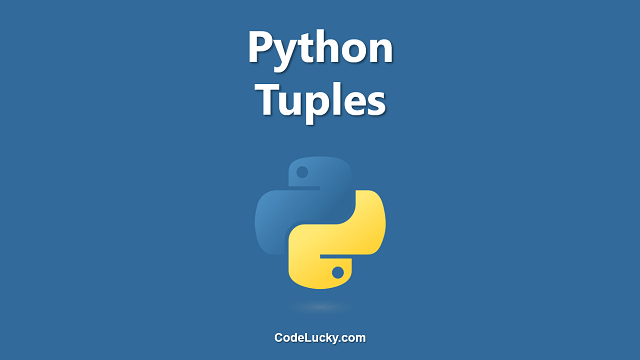The slice() function in Python is a built-in function that returns a slice object representing the set of indices specified by the start, stop and step arguments. The slice object can be used to extract a portion of a sequence, such as a list, string, or tuple. The slice function allows you to easily extract sub-sequences from a sequence without modifying the original sequence.
Syntax
slice(start, stop, step)
Parameters
- start : The starting index of the slice. The default value is 0.
- stop : The ending index of the slice. The slice includes the items up to, but not including, this index.
- step : The step value of the slice. The default value is 1, meaning the slice will include every item in the sequence.
Return Value
The slice() function returns a slice object representing the set of indices specified by the start, stop and step arguments.
Examples
Example 1: Slicing a List
# Slicing a list numbers = [0, 1, 2, 3, 4, 5, 6, 7, 8, 9] numbers_slice = numbers[slice(2, 7, 2)] print(numbers_slice)
Output
[2, 4, 6]
In this example, the slice() function is used to extract a portion of the list “numbers”. The slice starts at index 2, stops at index 7 (but does not include the item at index 7), and skips every other item in the list by using a step value of 2. The resulting slice contains the items at indices 2, 4, and 6.
Example 2: Slicing a String
# Slicing a string word = "Hello World" word_slice = word[slice(6, 11)] print(word_slice)
Output
'World'
In this example, the slice() function is used to extract a portion of the string “word”. The slice starts at index 6, stops at index 11 (but does not include the item at index 11), and includes every item in the string by using the default step value of 1. The resulting slice contains the characters ‘W’, ‘o’, ‘r’, ‘l’, and ‘d’.
Example 3: Slicing a Tuple
# Slicing a tuple numbers = (0, 1, 2, 3, 4, 5, 6, 7, 8, 9) numbers_slice = numbers[slice(2, 8, 3)] print(numbers_slice)
Output
(2, 5)
In this example, the slice() function is used to extract a portion of the tuple “numbers”. The slice starts at index 2, stops at index 8 (but does not include the item at index 8), and skips every third item in the tuple by using a step value of 3. The resulting slice contains the items at indices 2 and 5.
Use Cases
The slice() function is useful in a variety of situations where you need to extract a portion of a sequence without modifying the original sequence. Some common use cases include:
- Extracting a portion of a large list or tuple for processing or analysis
- Extracting a portion of a string for manipulation or extraction of sub-strings
- Skipping over items in a sequence for performance reasons
- Reversing the order of items in a sequence
In all of these cases, the slice() function provides a convenient and flexible way to extract the desired portion of a sequence.







